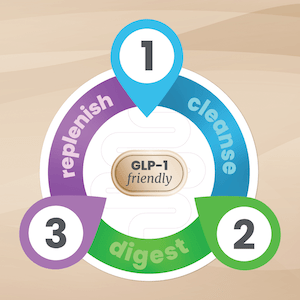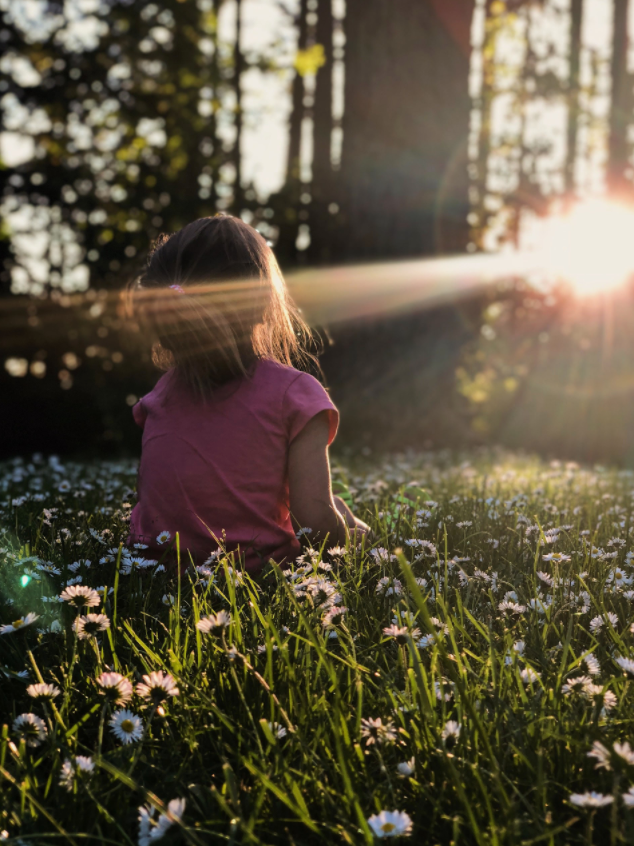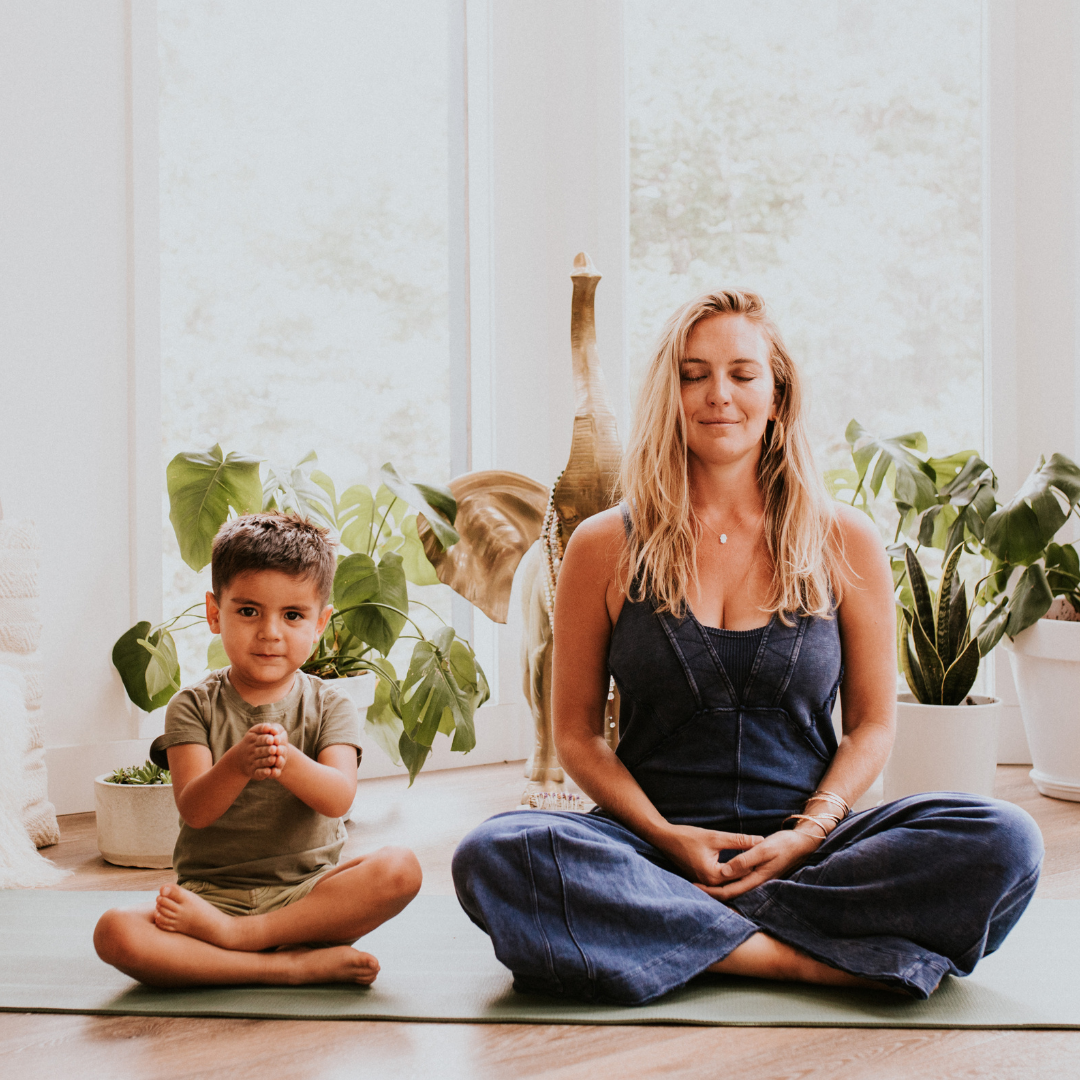Mindfulness techniques to teach your kids as they head back to school
Written by Leah Johnston, RDN
The practice of mindfulness isn’t just for adults. In fact, teaching your child mindfulness techniques at a young age can be beneficial for them as they grow up and encounter new life situations and stressors. Yes, kids experience stress too! It’s normal for kids to feel nervous, anxious or even stressed when starting a new school year, especially in these uncertain times when most kids have been away from a standard classroom for over a year. Mindfulness is all about observing and experiencing the world around you using all five senses—touch, taste, sight, hearing, and smell. This practice is helpful for promoting self-regulation, self-awareness, positive emotions, and managing anxious energy. Here are five simple mindfulness activities to start incorporating into your child’s daily routine:
Start with 5 to 10 minutes of yoga stretching in the morning. Stretching in the morning is a great way to get the day started and wake up little bodies. Kids do a lot of sitting when they are in school and adding more movement into their days is not only beneficial for their bodies, but for their minds as well. Before you head out the door, reserve a few minutes in the morning to stretch with your little ones by utilizing simple yoga poses. There are plenty to choose from—Lifehack offers 12 yoga poses for kids and good illustrations to help teach them.
Hug and breathe. When you give your child a hug, pause and synchronize three slow, deep breaths. Relax your body and your child will follow suit to melt any tension away. This deliberate breathing exercise can be used at any time of the day, but is particularly good to do in the morning, when they return home from school, or whenever they (or you) may need a moment of calm.
Practice deep breathing. Show your child how to place their hand on their belly and feel it slowly fill up like a balloon and then slowly deflate. Intentional breathing calms the mind and body. This practice can easily be done sitting at a desk in school or during a break time. Encourage your child to find one moment each day to take five balloon breaths on their own, especially when they are feeling nervous, scared, or even sad.
Enjoy dinner time together. Busy lives make it challenging to sit down around the table and have dinner as a family. As kids pass toddler age, they eat faster and then want to move onto the next thing. Parents are often guilty of this too. Holding meal time sacred and sharing a meal together as much as possible will help your children establish a positive relationship with food and serve as a reminder to slow down for both kids and parents. Use the first few bites to experience the food with all five senses. Getting into this habit early in your child’s life will cement it as the daily routine as they grow older.
Practice Gratitude. The practice of being grateful is actually quite a powerful one. Studies have demonstrated that grateful individuals have a more positive outlook and experience less depression and anxiety. A simple way to practice gratitude is to ask your children to express what they are thankful for once a day. It doesn’t matter how small or big that thing is, it’s the idea of being thankful that matters. When to do this activity is totally up to you, the parent. And make sure to lead by example and share what you are grateful for as well!


















